Warming winters have animals waking up from hibernation early, putting them in danger
While sipping a morning coffee and looking out her window in Bowdoin, Maine, Kathi McCue recently spotted a groundhog. And it wasn't Punxsutawney Phil handing down his annual judgement on the length of winter.
It was a female groundhog who had emerged early from hibernation due to the unusually warm temperatures and lack of consistent snow cover experienced by much of New England so far this winter. McCue, who runs Wilderness Miracles Wildlife Rehabilitation, said groundhogs are one of the few animals in Maine that truly hibernate − typically starting in October or November and ending in February.
Seeing one wide-awake and looking for food just after the New Year was of great concern.
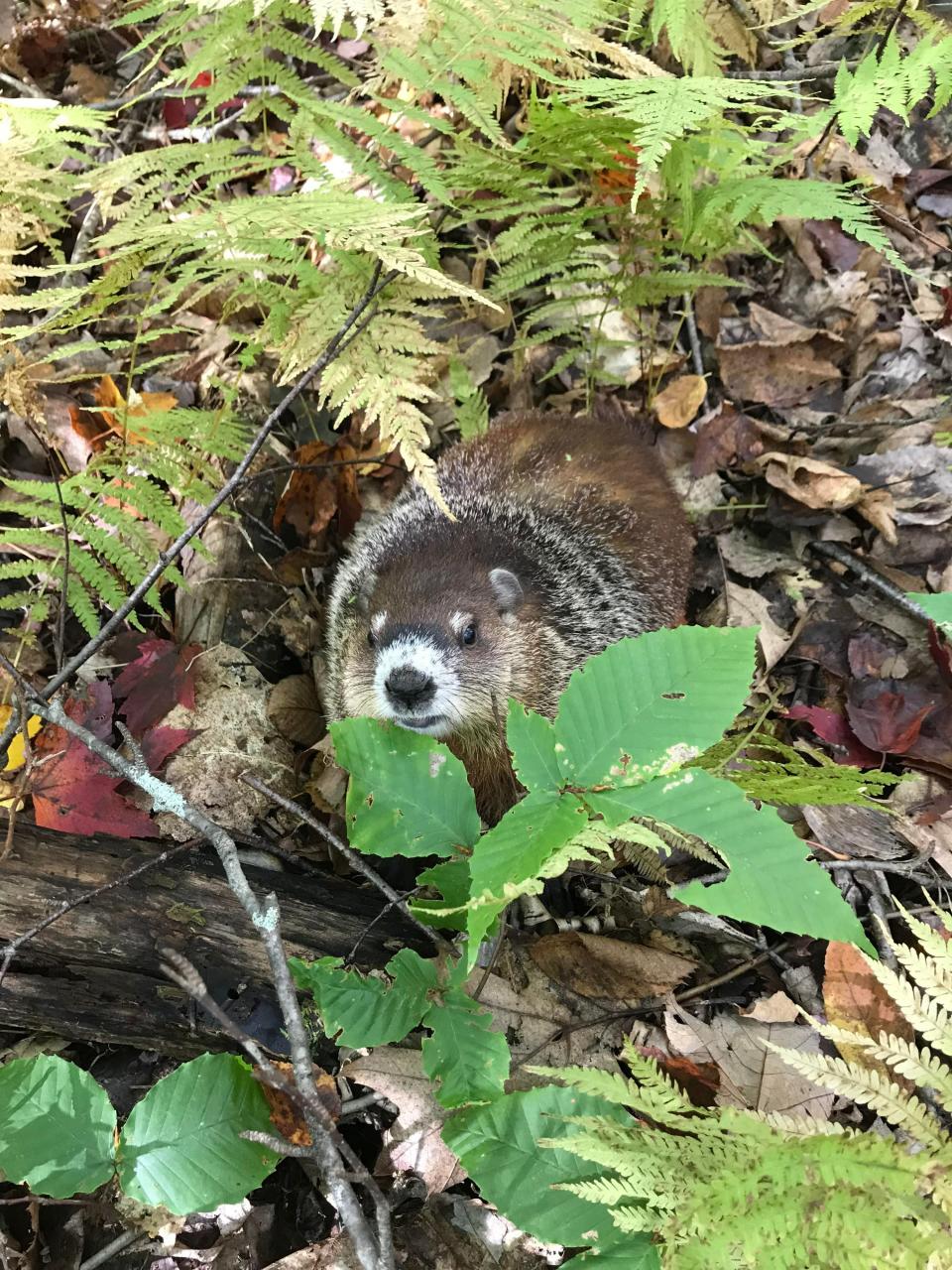
"If they're out here too long, they're going to perish and use all of their energy," said McCue, who has also been caring for numerous bats facing the same conundrum − confused by the mild temperatures, they're leaving hibernation and searching for food unsuccessfully.
Experts say warming winters and increasingly variable snow cover are interrupting the carefully intertwined systems of nature in New England, including animal patterns and behavior. Like the groundhog and bats, some are emerging early from hibernation, while others are losing their seasonal camouflage without regular snow. Moose, for example, are dying from winter tick infestations as the milder winter weather creates a more hospitable environment for the parasites to thrive.
Skiing, pond skating: How New England's winter economy is changing amid less snowfall
"We're seeing plague levels of certain parasites like winter tick on moose that are able to survive more because of warmer conditions," said Tom Lautzenheiser, a regional scientist at Mass Audubon. "This is catastrophically affecting moose populations in Maine right now, and it's a direct consequence of warmer winters."
The changing ecosystem is threatening adaptations that have helped particular species thrive in New England for centuries, Lautzenheiser said, such as snowshoe hares, weasels and Canada lynx.
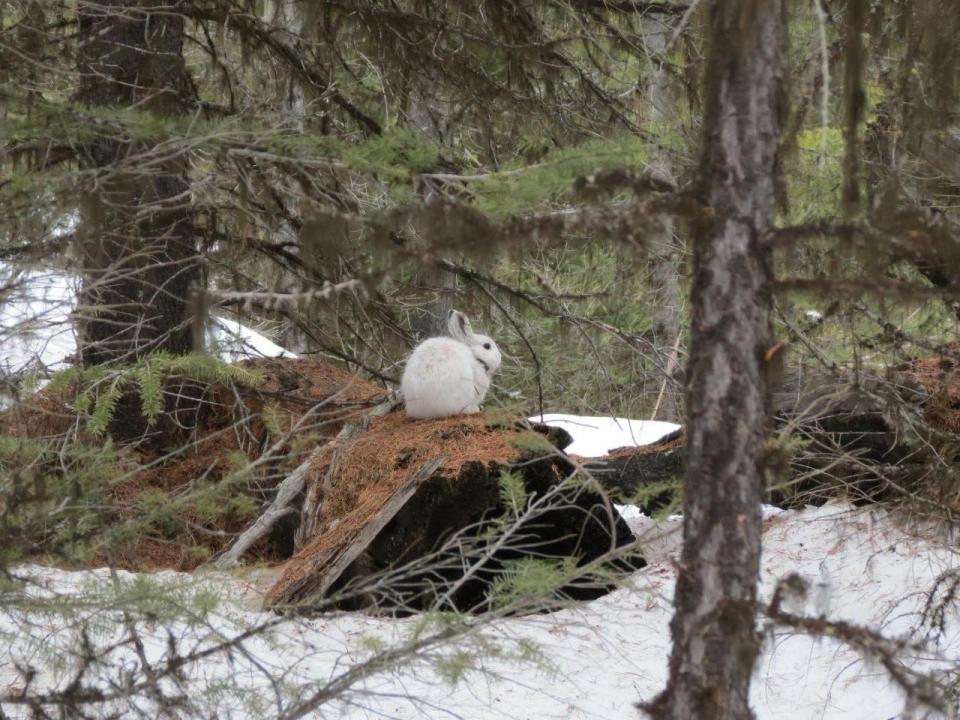
A recent analysis by Climate Central shows that winters have warmed by 3.3°F on average across 238 U.S. locations since 1970. Parts of New England are far above the national average. Winters have warmed 7.1°F in Burlington, Vermont − the most in the nation − and 6°F in Concord, New Hampshire. New England is losing temperatures below freezing, and in turn, consistent snow cover, scientists say.
NOAA says:New England's temps are warming, sea levels rising faster than the global rate
December in New England saw an arctic blast, but the snow didn't stay on the ground for long because subsequent mild temperatures caused it to melt quickly. The region ushered in the New Year with temperatures in the 50s in many places, with a high of 55 degrees on New Year's Day in Boston. As of this week, Boston has seen around a foot less of snowfall than the typical average this time of year.
That doesn't mean the region isn't going to see bitterly cold temperatures and another whopper storm or two this year, experts say, because it very well might − the climate changing isn't uniform. New winter patterns emerging in New England include less-frequent storms, but storms that are bigger when they do come − a phenomenon some scientists are trying to tie to changes in the polar vortex as the Arctic warms.
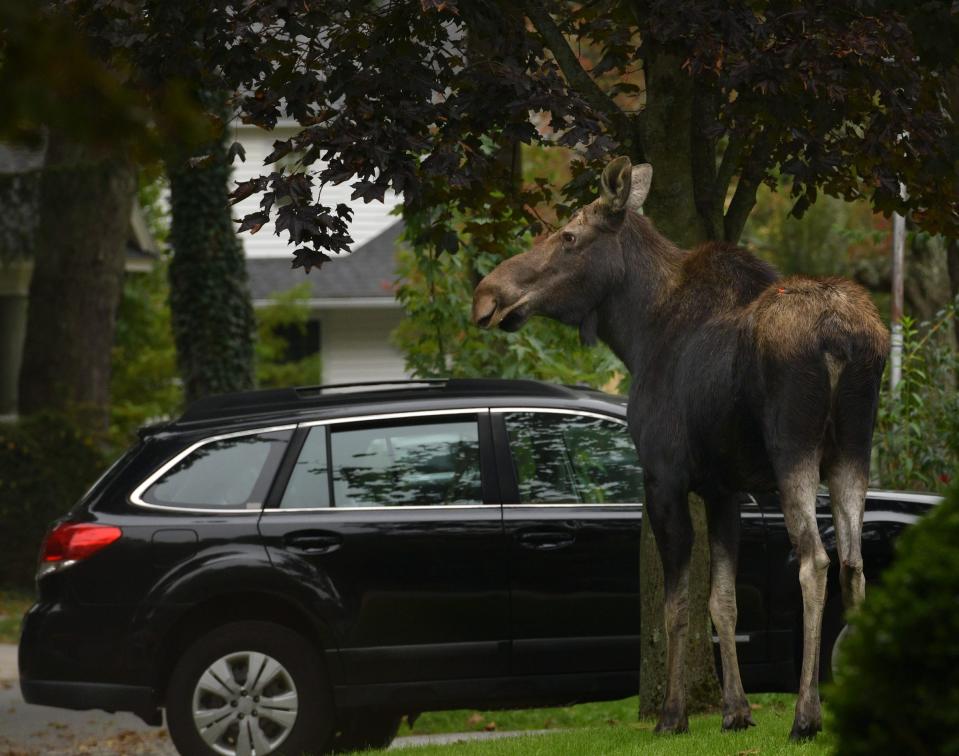
How animals are being impacted by New England's changing winters
Toni Lyn Morelli, a research ecologist at the University of Massachusetts Amherst's Northeast Climate Adaptation Science Center, likened New England's winter ecosystem amid climate change to the game Jenga: no one knows which block will make the tower come crashing down.
Morelli's comparison speaks to all of the changes, both big and small, occurring in the environment as the climate warms.
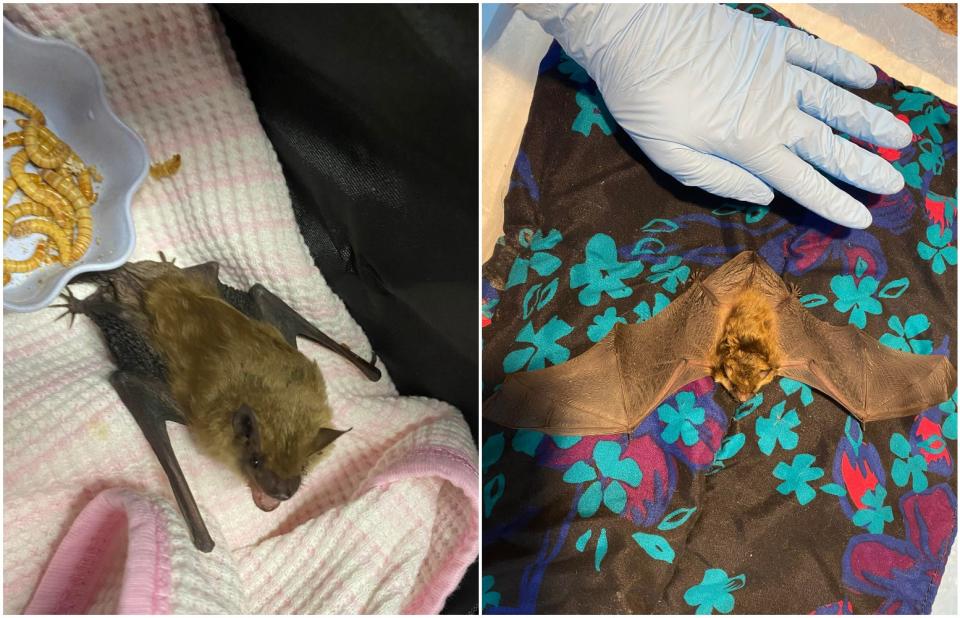
She said groundhogs leaving hibernation could have received a signal to wake up because of the milder temperatures, or it's also likely the ground is colder because it isn't insulated by snow. Though it may seem counterintuitive, snow serves as a blanket and keeps the ground from deep freezing. The ground without snow is colder than the ground with snow, Morelli explained.
Without snow cover, "hibernating animals run through their fat reserves faster."
One of Morelli's students, Jahiya Clark, a graduate fellow at the Northeast Climate Adaptation Science Center, is using nearly 70 snow stakes and camera traps − cameras equipped with activity triggers − in northern New Hampshire to document both snowfall data and the presence of certain mammals. She's collected more than 170,000 photos that capture fluctuations in that particular ecosystem over the last several years.
"Looking at how snowpack has changed, how long snow stays is quite short," Clark said. "I'm looking at shorter winters or less snow coverage over time and how that reflects in wildlife occupancy. This information will be quite important, especially if you care about forest ecosystems."
More on snowshoe hares: The real rock stars of winter for more reasons than one
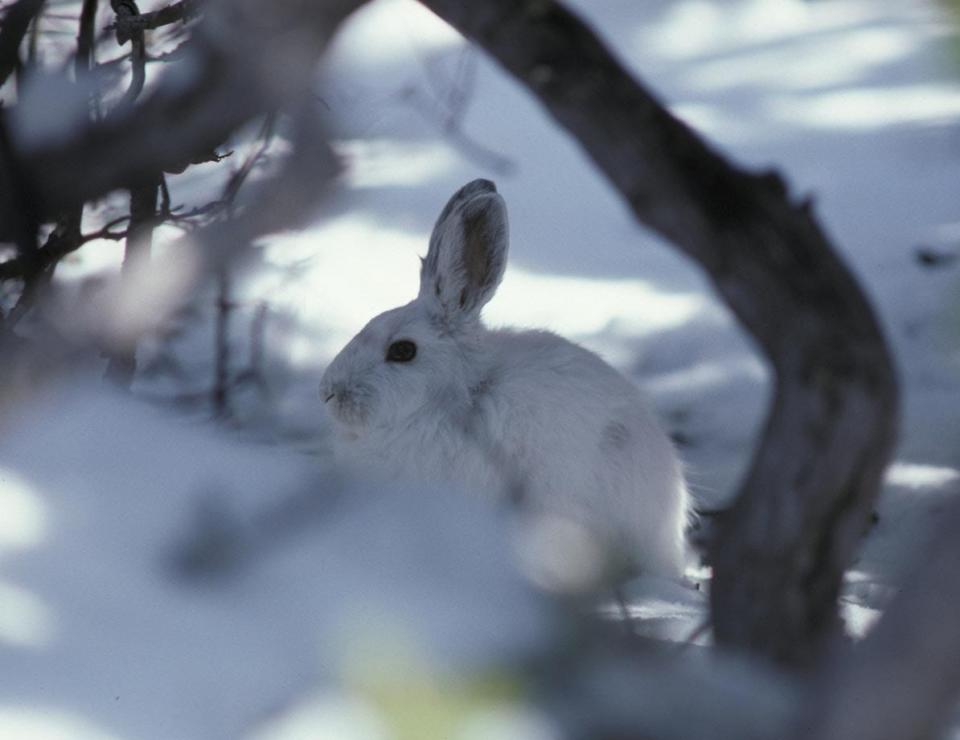
Snowshoe hares, which change color from brown to white and back again in order to match the seasonal landscape, now find themselves mismatched to their environment − a change that could cost them their life. Without consistent snow cover, they're essentially sitting ducks for predators.
"They don't look around and say, 'I'm white, I'm on a brown background and I should move,'" said Morelli. "They just get picked off. That is going to be a really big problem for snowshoe hares."
Researchers from North Carolina State University and the University of Montana have projected that hare populations could decrease by up to 23% by the end of the century if they're unable to adapt and change the timing of their coat color shift.
Ironically, one of the snowshoe hare's leading predators is facing a problem, too. Canada lynx, which are listed as a threatened species by the U.S. Fish and Wildlife Service, have evolved to live in snow. Morelli said they have "giant padded feet" that allow them to traverse through snow terrain. But when there is less snow, lynx lose their competitive hunting advantage to bobcats and coyotes.
Two completely different species, one hunted by the other, snowshoe hares and lynx are both impacted by the changing winter landscape in vastly different ways.
Winter tick epidemic killing moose in New England
What Lautzenheiser calls the "poster animal of the boreal forest," young moose populations are being decimated by winter tick, a small parasite that can be deadly to moose less than a year old and lower their reproductivity.
A study published in the Canadian Journal of Zoology in 2018 found that from 2014 to 2016, 70% of moose calves in west-central Maine and northern New Hampshire died of emaciation by winter tick infestation. On average, each animal hosted 47,371 ticks. Some can host up to 90,000.
"They can have all of their blood drained and die from having winter tick," said Morelli, who during her research has captured a moose's death on surveillance camera in the woods, showing tens of thousands of quarter-sized ticks affixed to its body.
More:Winter ticks taking a toll on moose calves in New England
Morelli said because of the milder temperatures and less snow cover, the winter ticks are able to burrow under leaves and survive.
Through a multi-phase adaptive management study using a 2,000 square-mile zone divided into two sections in the northwestern part of the state, the Maine Department of Inland Fisheries and Wildlife is working to see if breaking up moose population density in particular places will lessen the passing around of winter tick. Similar efforts are underway in Vermont, including looking at hunting permits as a way to control density to alleviate the tick epidemic.
The increased survivorship of ticks is one of the things Lautzenheiser worries about most in the changing climate. "Those public health-related issues are a real cause for concern," he said.
It's an example of how every ecosystem change sees winners and losers. In this case, the ticks are the winners and the moose the losers. Morelli noted other "problematic species" that are doing better amid environmental changes, such as kudzu, the perennial vine known as "the vine that ate the South." Kudzu's move north is an instance of how climate change is helping the expansion of invasive species: New England winters used to be too harsh for it to grow here, but that's changing.
This article originally appeared on USA TODAY NETWORK: New England's warm winter, lack of snow is harming these animals

